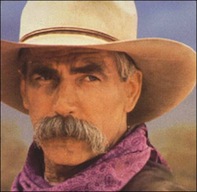In 1962 John D. MacDonald wrote a wonderful science fiction novel called “The Girl, the Gold Watch & Everything”, which was later made into a TV movie. The premise was simple and elegant: A young man inherits from his millionaire uncle nothing but a gold watch. But it turns out that the watch has the ability to freeze time — its bearer can inhabit the space between one instant and the next, doing (and changing) whatever he wants in the interval.
Obviously this is an enormous super power. The novel contains comedy and adventure, good guys and bad guys, a love story and thrilling chases, but much of the fun simply derives from observing the young man as he gradually figures out just how much power he really has.
Yet as Lord Acton observed, “Power tends to corrupt, and absolute power corrupts absolutely.” Suppose (suspending disbelief for a moment) that you really had such a watch. Would it be possible to continue making ethical choices, to avoid over the long run becoming corrupted by the possession of such power?
Thinking more generally about this, I wonder whether we can rank any given super power by its tendency to corrupt its possessor. Consider invisibility, super-strength, teleportation, control over time, mind-reading, immortality, and all the other power-ups in the D.C. and Marvel canon. In ethical terms, just how much self-control does each demand?
After all, the only difference in the superhero universe between a “good guy” and a “bad guy” is whether or not they have become seduced by their own power.


